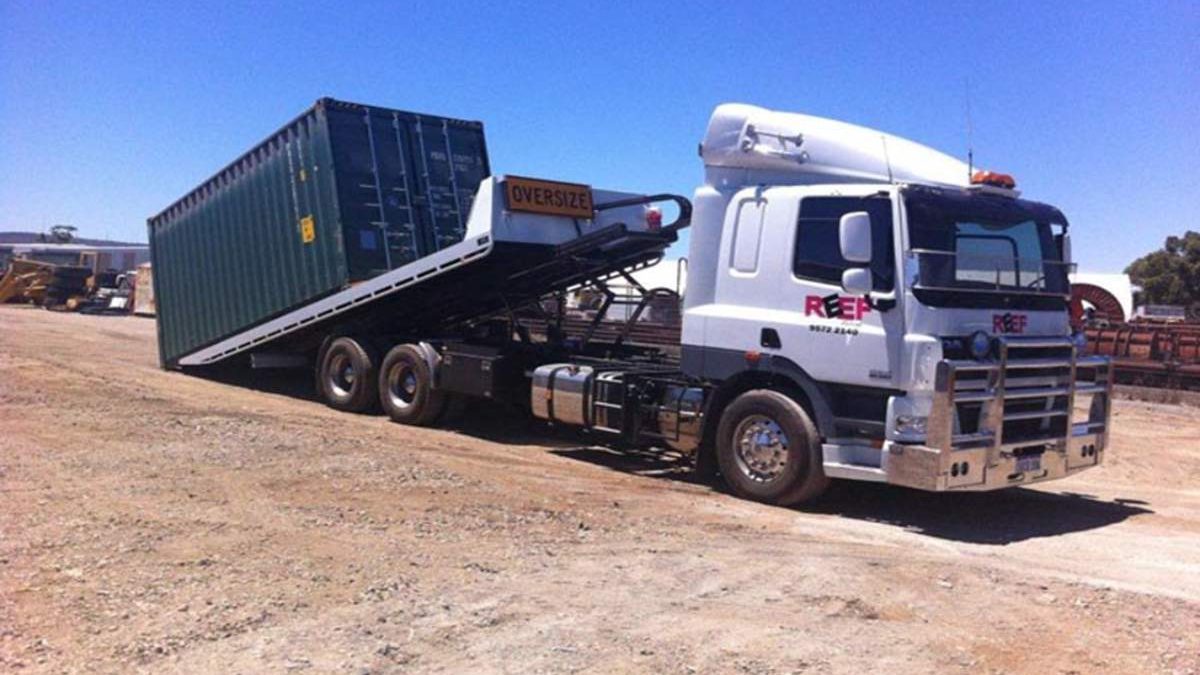An uncompromising commitment to vehicle maintenance is necessary when driving heavy-duty vehicles, including tilt tray trucks, in order to maintain optimal performance, longevity, and safety. Given their complex nature, tilt trays require diligent routine checks and fine-tuning of various components that ensure their smooth running. As a driver or a fleet manager, understanding the basics of tilt tray vehicle maintenance, especially when operating a tilt tray vehicle with safety, is an integral part of not just preserving the health and function of your vehicle, but also in averting costly repairs and accidents. This in-depth guide focuses on providing you with comprehensive insights and instructions on how to maintain your tilt tray vehicle and ensure it remains in prime condition.
A tilt tray vehicle, renowned for its versatility in various industries, demands meticulous attention to its maintenance to ensure optimal functionality, safety, and cost-effectiveness. This thorough manual seeks to clarify the essentials of tilt tray vehicle upkeep, with a focus on regular checks, required fixes, and preventative steps to increase longevity and performance. Delving into each facet, we will provide detailed insights and step-by-step instructions to empower drivers and fleet managers in fostering a culture of proactive maintenance, ultimately ensuring the sustained peak performance of tilt tray vehicles.
Table of Contents
Principal Components of Tilt Tray Maintenance
The Tray
It is essential to regularly inspect the tray, paying close attention to any wear, rust, or deformations as these can weaken the tilt tray vehicle’s structural integrity. Operational checks, involving a complete cycle of lifting, tilting, and lowering, are vital to ensure proper functionality, identifying any potential issues in the hydraulic system or mechanical components that could affect the vehicle’s performance. .
Hydraulics
The hydraulic system necessitates regular checks and fluid changes to maintain unswerving operation, ensuring the seamless functionality of the tilt tray vehicle. Identifying and promptly addressing any leaks or a drop in hydraulic pressure is paramount, as these issues can significantly impact tilt functionality, making their timely refurbishment a top priority.
Suspension System
The suspension system plays a crucial role in maintaining road contact, absorbing impacts, and supporting the vehicle’s load-bearing capacity. Regular checks of the suspension system are essential to enhance balance, stability, and overall safety, preventing potential damage that may arise from wear and tear.
Tyres
Regular checks of tire pressure and condition are essential for both cost-saving and accident prevention. Maintaining proper tire inflation is critical to reduce fuel costs and prevent accidents, as under-inflated tires can increase the risk of tire failure. By incorporating routine inspections into the maintenance regimen, operators can optimize fuel efficiency, enhance vehicle safety, and extend the overall lifespan of the tilt tray vehicle.
Chassis
As the foundation of a tilt tray vehicle’s strength, the chassis necessitates scheduled inspections to detect and address issues such as rust, cracks, or deformations. The integrity of the chassis is pivotal, directly influencing the vehicle’s overall performance and safety. By prioritizing regular assessments, operators can proactively identify and rectify potential structural issues.
Implementing a Preventive Maintenance Schedule
The cornerstone of a successful maintenance strategy is proactive prevention. Operators need to be aware of the vehicle’s operating environment and follow the manufacturer’s maintenance requirements as stated in the owner’s manual. Understanding how varied weather, topography, and load sizes affect performance is essential. For example, tilt tray vehicles operating in cold, damp regions may be more susceptible to rust.
Data logging plays a pivotal role in preventive maintenance, aiding in forecasting potential issues and planning preventive measures. Keeping detailed records of the vehicle’s servicing history, including repairs, parts replacements, and problems encountered, provides valuable insights. This historical data helps in identifying patterns, predicting potential future issues, and planning timely preventive actions.
Safety Considerations in Tilt Tray Vehicle Usage
While maintenance alone does not ensure safety, proper operation is equally vital. Operators must be aware of load limits, adhere to safety regulations, and undergo frequent training to update their skills. A thorough grasp of a tilt tray vehicle’s load capability, appropriate load securing, and observance of basic health and safety laws are all necessary for safe operation.
In essence, unyielding maintenance implies taking numerous small preventive actions that deter major issues, costly repairs, and accidents over time. On the other hand, it’s also important to see how a tilt tray vehicle is driven. Safe operation includes understanding load limits, adhering to regulations, and frequent training for operators to update their skills. Regular assessments of operator performance and compliance with safety protocols are crucial.
Final Thoughts
It is not only necessary, but also a requirement for anyone pursuing jobs in fleet management or tilt tray vehicle maintenance, to comprehend the fundamentals of tilt tray vehicle maintenance. By adopting robust preventive maintenance strategies, operators and fleet managers can tilt the balance in their favor, ensuring not only the longevity and optimal performance of their vehicles but also the safety of all those involved in the operation.


